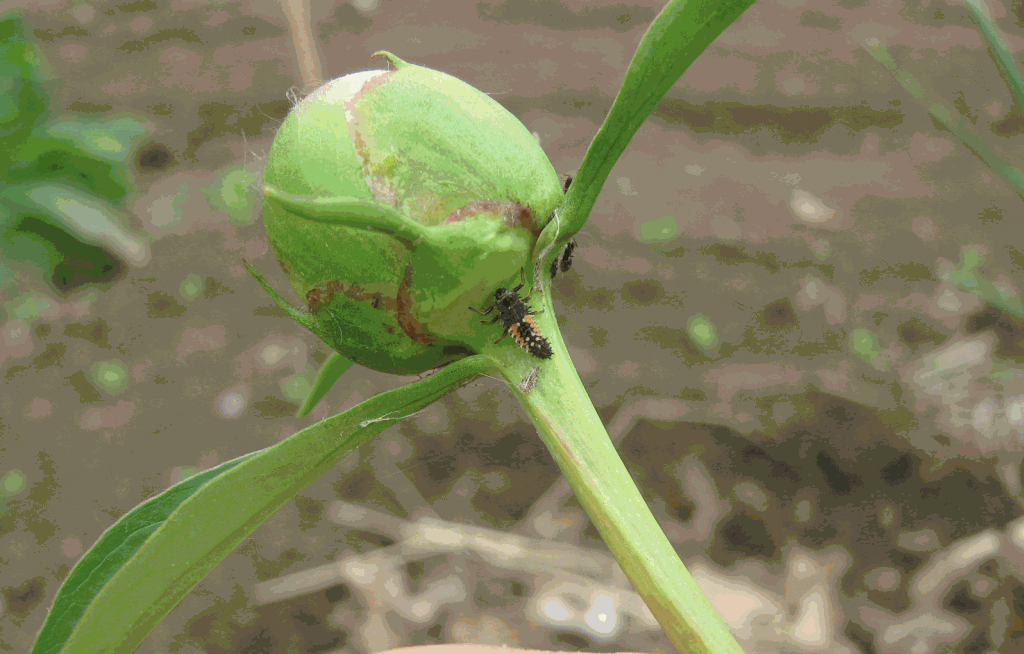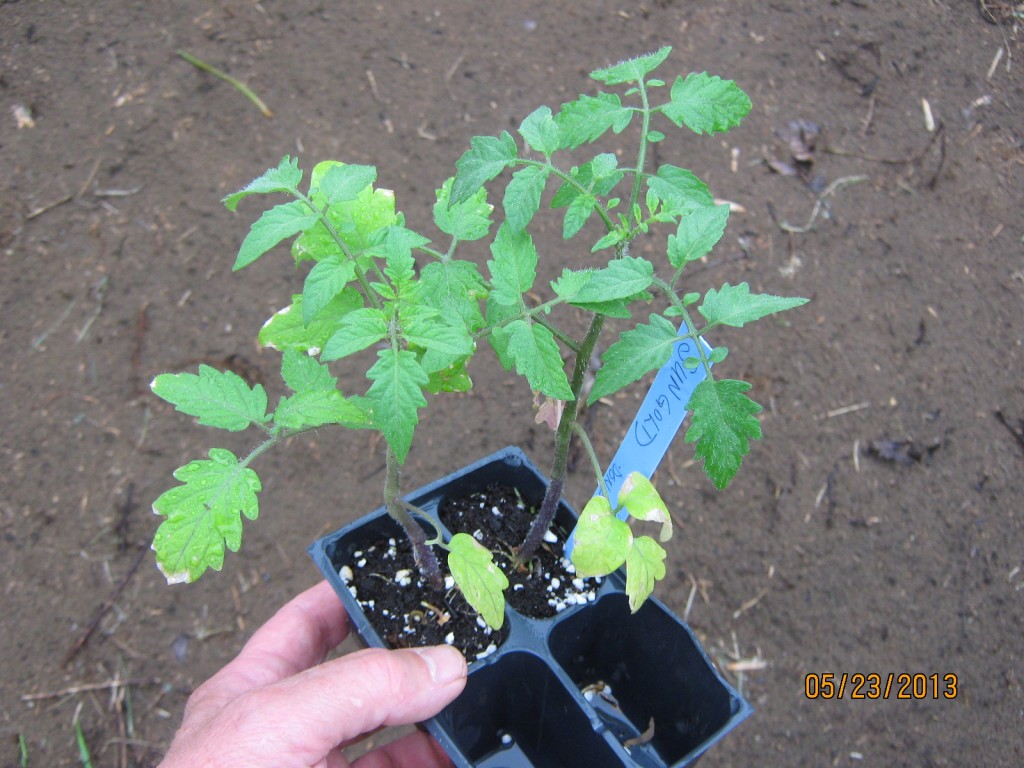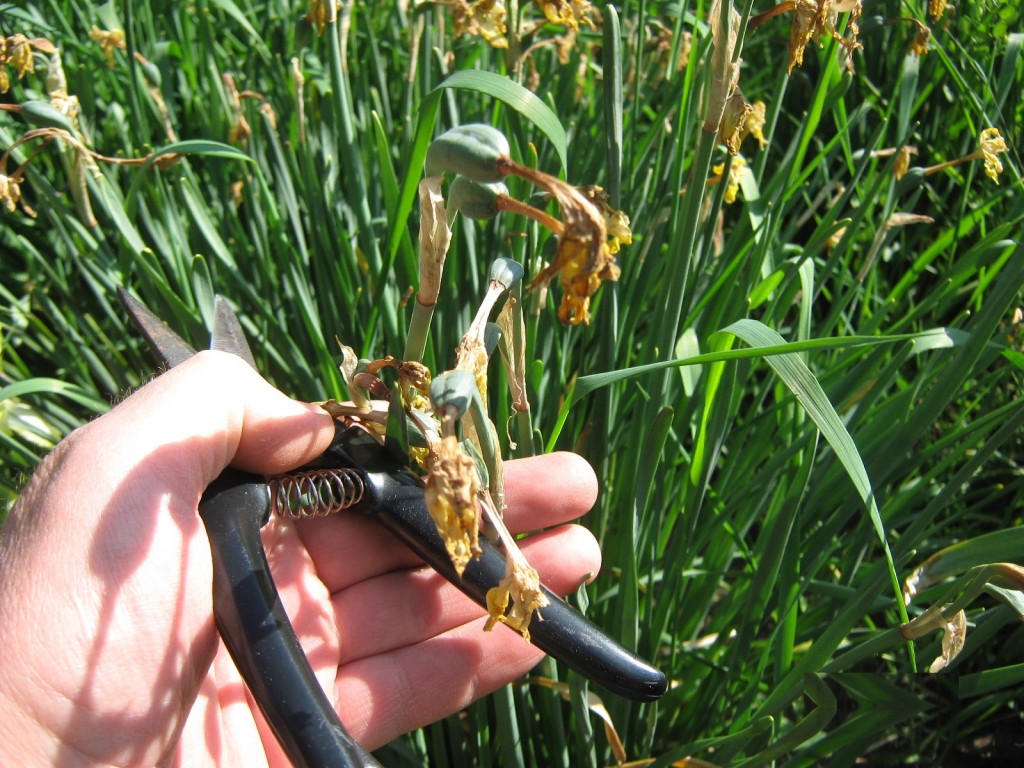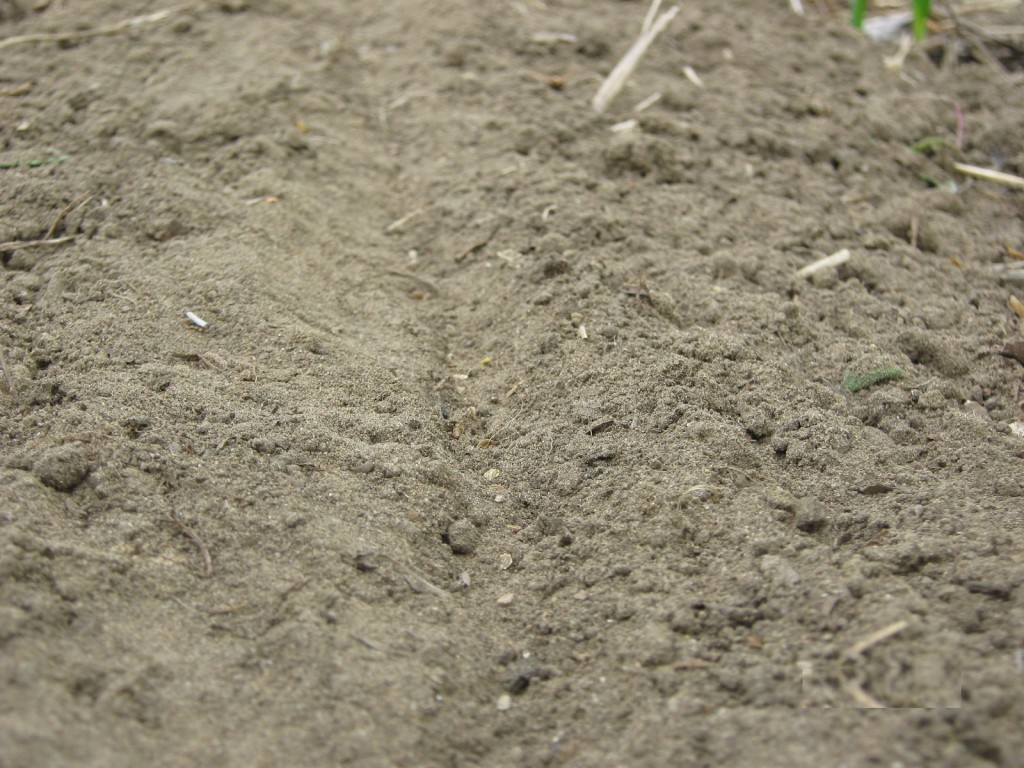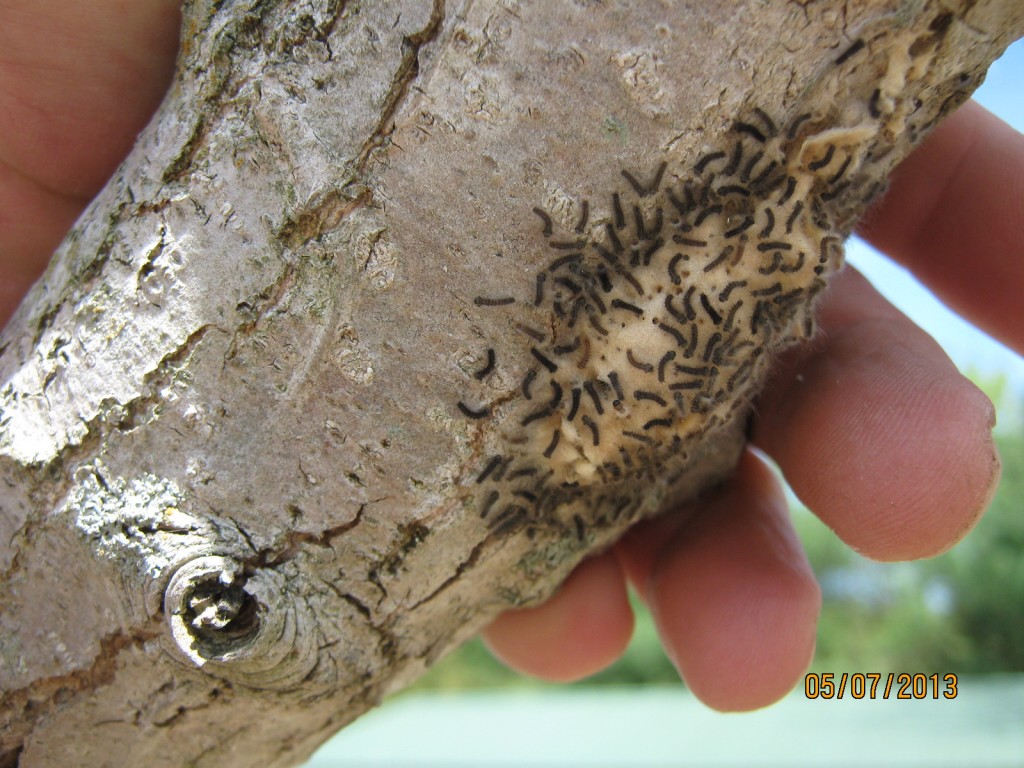Ladybugs are the most well-known beneficial insects in our gardens. With their spotted orange body, adult ladybugs are immediately recognized by everyone, even young children.
It’s the adult stage of the beetle that we usually see. But, if you look closer sometimes you can find the larval stage. The larvae are not as attractive as the shiny adults. Some people say they look like little alligators.
Beginning gardeners get concerned when they see these insects. Not realizing that they are young ladybugs, they reach for the insecticide to kill them, “just in case”.
The larval stage eats as many insect pests as do the adults. As a matter of fact,they’re out there roaming the garden right now looking for harmful insects to eat.
Keep in mind that insecticides — even organic ones — will kill all insects, both good and bad. So, keep an eye out for these garden helpers before you decide to spray.
